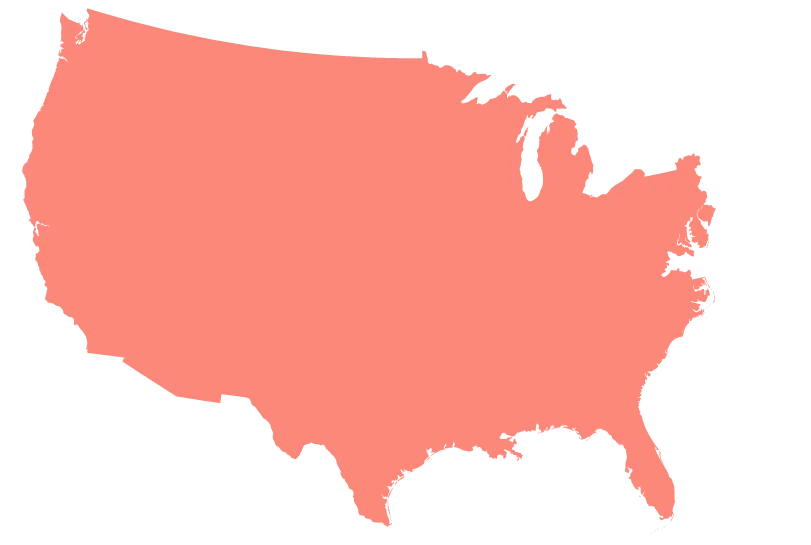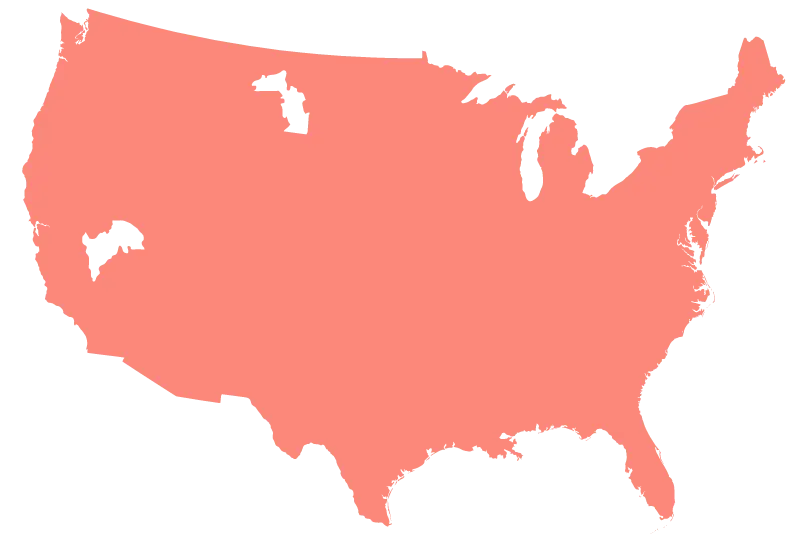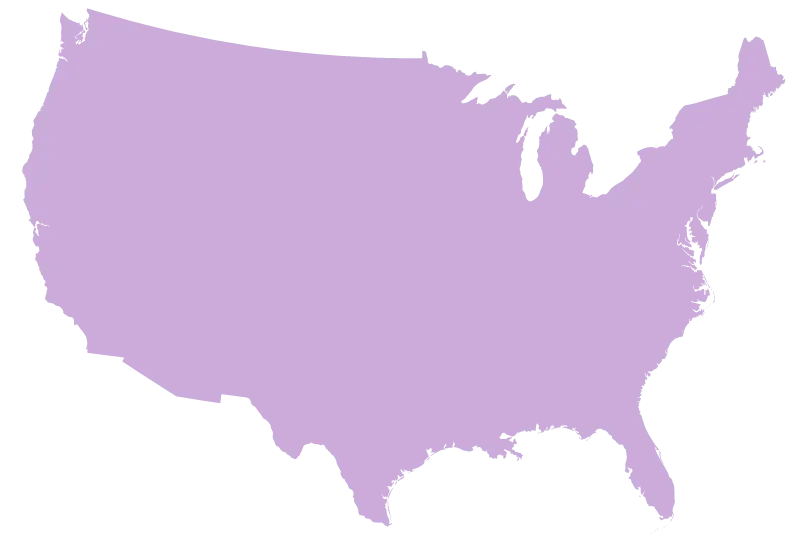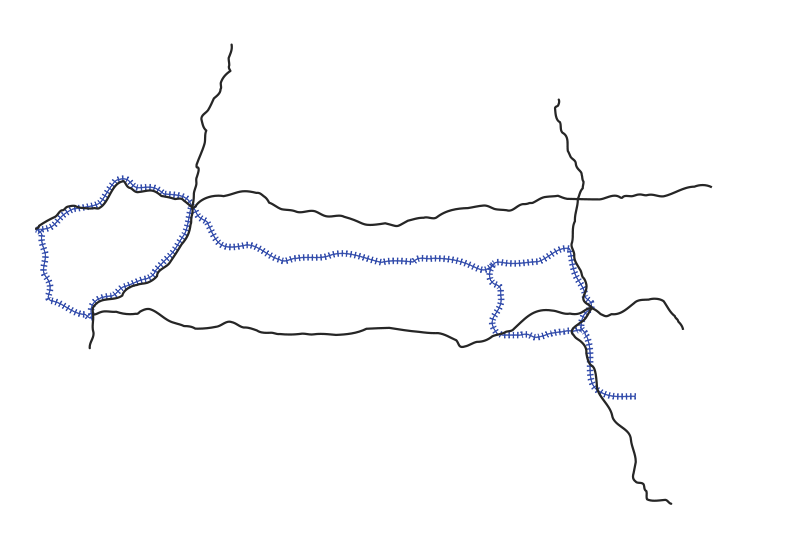3PL services that
empower your business









We’ve been supporting growth for ecommerce companies with our 3PL services since 2013.

One stop for ecommerce, DTC, and B2B/retail fulfillment

Reach 96% of the U.S. in 2 days with ground

Same day shipping available

Zero shrinkage guaranteed
Trusted by the best in ecommerce




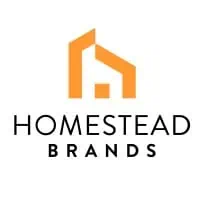

Red Stag’s 3PL fulfillment services









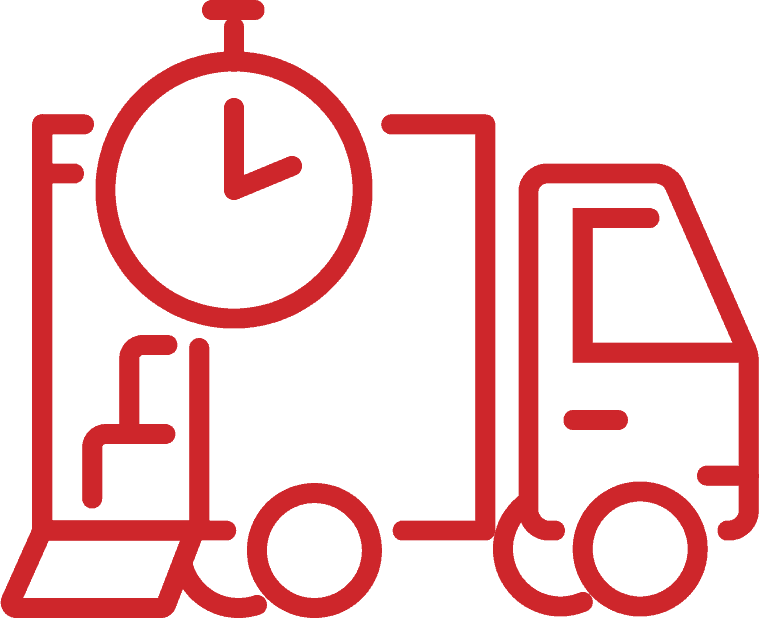
Same-day 3PL shipping & fulfillment services
Reach 96% of the U.S. in two days with ground shipping. Access our discounted shipping rates with major carriers.
Everything we do is built to provide 3PL logistics services to brands who need fulfillment within the United States.

3PL warehousing & inventory management
Fast receiving, barcode-based inventory management, and multiple inbound and outbound scans ensure your inventory is always accounted for.
With well over a million square feet of warehouse space and room to grow, we’re ready to provide 3PL services to your scaling brand.
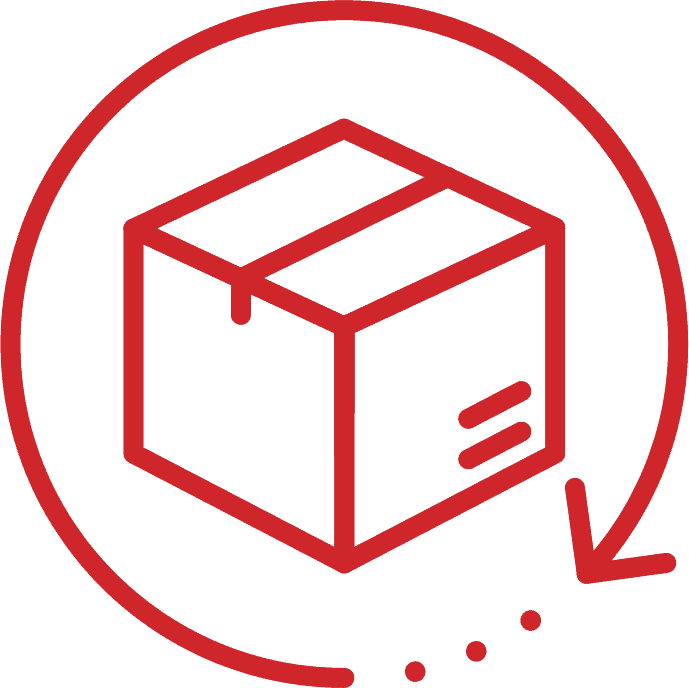
Kitting, returns management, seamless integrations, and more
We can integrate your store via our API, handle kitting, process returns, and handle special projects for your ecommerce company.
Our goal is to be full-service 3PL warehouse that supports your brand’s needs.
Big enough to scale,
small enough to care
In 2012, our co-founders, who were ecommerce operators, were on their third 3PL and struggling. Missed shipments, lost inventory, and unhappy customers.
Being entrepreneurs, they made the classic entrepreneur move—build the business they wish they’d found.
So, in 2013, Red Stag Fulfillment was born to provide 3PL services to other ecommerce brands (and our founders’ own brand).
Red Stag is built different than the typical 3PL
(and the ones you see advertising everywhere)










Industry-leading guarantees
You’re handing your 3PL millions of dollars of your inventory. Your 3PL should guarantee they’ll take good care of it, and your customers.
Learn more about our guarantees

Just two strategically-located warehouses
Usually, more warehouse locations does not equal better. We realize you may have heard the opposite, so we wrote about why we have just two locations here

A team that gets fulfillment on a deeper level
Members of our sales team and our client success team started on the warehouse floor. When you talk to us, you’ll talk to people who get it, and who have a direct line to the warehouse floor when issues arise.

A bootstrapped, long-term oriented company
Our founders still own 100% of Red Stag. Meaning: no venture capitalists pushing for growth at all costs. We’re well-capitalized and focused on building a company where our incentives are aligned with yours.

With Red Stag, I spend about an hour each week on routine fulfillment tasks. At my old 3PL, I was spending more than 10 hours a week dealing with fulfillment. Now I can focus on growing my business instead of babysitting fulfillment operations.


If I had to describe Red Stag in one word, it would be ‘dependable.’ The greatest value they provide is that I simply don’t have to think about fulfillment anymore. Orders get shipped, inventory stays accurate, and they consistently follow through on every commitment they make. That peace of mind is invaluable.


When we worked with our former 3PL, if we had organizational and technical issues—and we had a lot—their customer support was hit or miss at best. With Red Stag, we don’t have to worry about that.










Our 3PL warehousing guarantees
If your 3PL does fulfillment poorly, it destroys value for your brand.
So, we created Red Stag Guarantees — either we hit these guarantees, or we pay you for our mistakes.
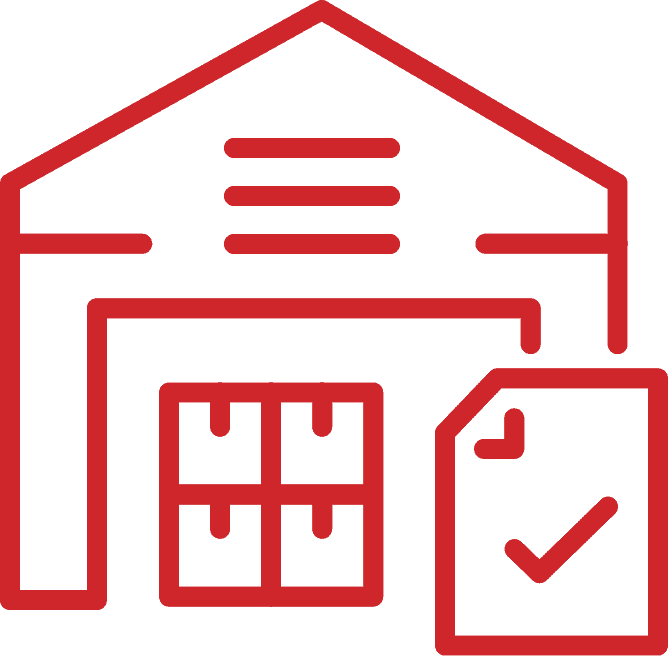
Dock-to-stock in 2 business days
We receive all shipments in less than two days because “Out of Stock” is never okay.

No shrinkage allowed
Once we receive your product, we won’t lose it or damage it.
P.S. Ask other 3PLs about their shrinkage allowance.
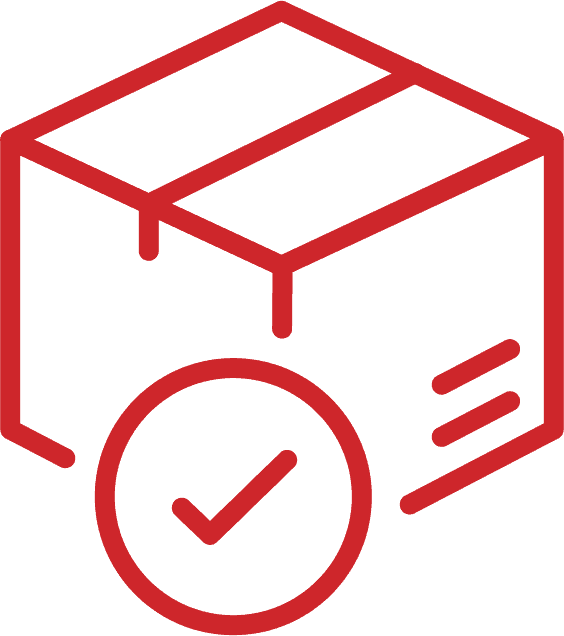
Pick & pack accuracy
We get the right stuff to the right customer, or we’ll pay you for the mistake.

On-time shipments
We get orders out the door on time, every time—with same-day shipping available.
Red Stag’s 3PL fulfillment centers across the U.S. means that the cost to ship orders to your customers is drastically reduced. Combined with shipping rate discounts & same-day fulfillment service guarantees, our 3PL fulfillment services will save your business money while increasing your customers’ satisfaction.
We’ll integrate with just about any ecommerce platform.
There is no one size fits all 3PL solution.

Red Stag provides order fulfillment services for brands of all shapes and sizes, but we’re not a fit for everyone. Contact us today to see if we’re a fit for you.
Get Started

